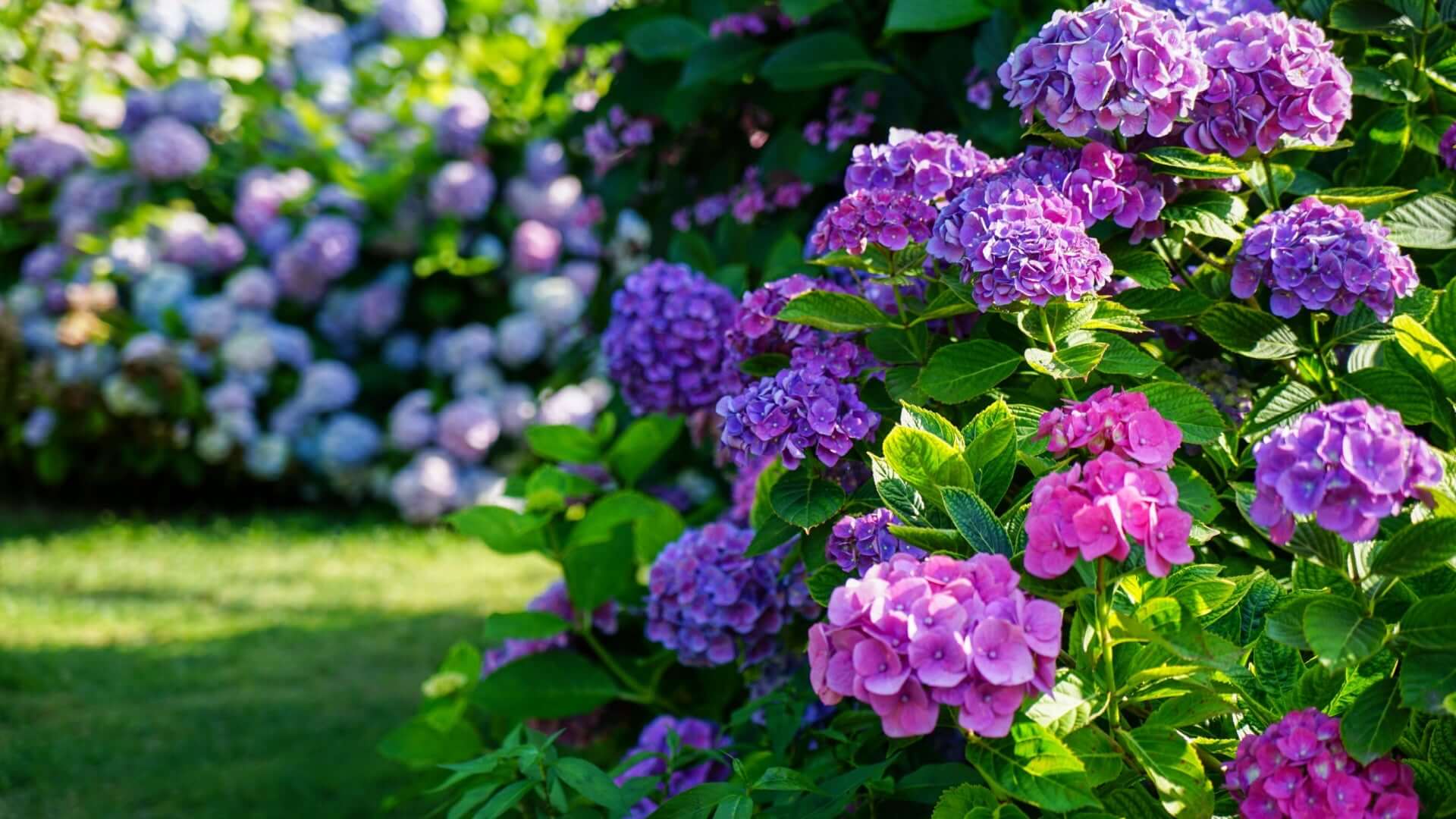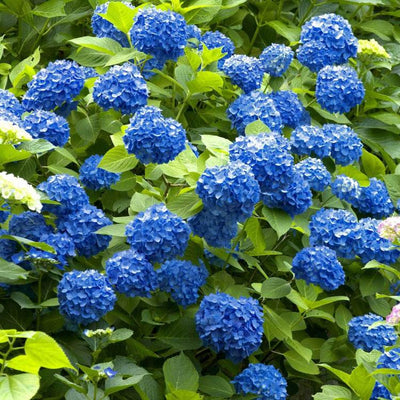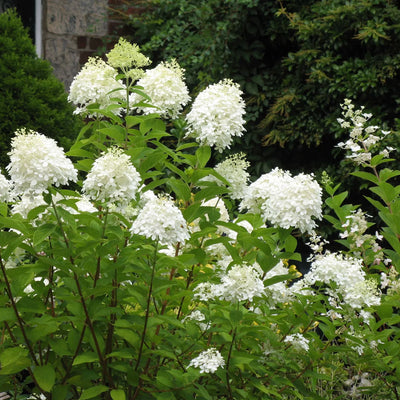Pruning hydrangeas in autumn is a topic that often generates a lot of debate among gardeners.
While some argue that it's beautiful to prune hydrangeas in the fall, others believe it's best to wait until spring or early summer. When you we'll explore the pros and cons of pruning hydrangeas in autumn, discuss the different types of hydrangeas and their pruning requirements, and provide some guidelines to help you make an informed decision about when and how to prune your hydrangeas.
Understanding Hydrangeas Before we dive into the specifics of pruning, it's essential to understand the different types of hydrangeas and their growth habits.
There are several common varieties of hydrangeas, but the most popular ones include:
Bigleaf Hydrangea (Hydrangea macrophylla): These hydrangeas are known for their large, showy blooms and are further divided into two main types: mophead hydrangeas, which have globe-shaped flower clusters, and lacecap hydrangeas, which have a flat-topped, lace-like arrangement of flowers. Bigleaf hydrangeas are known for their ability to change flower color based on soil pH, with blue blooms in acidic soil and pink flushes in alkaline soil.
Panicle Hydrangea (Hydrangea paniculata): Panicle hydrangeas are known for their elongated, cone-shaped flower clusters. They are often white when they first bloom and gradually turn pink or reddish as they age.
Smooth Hydrangea (Hydrangea arborescens): Smooth hydrangeas produce round clusters of white or greenish-white flowers. The most well-known variety in this category is the 'Annabelle' hydrangea.
Oakleaf Hydrangea (Hydrangea quercifolia): Oakleaf hydrangeas are named for their oak-like leaves and produce cone-shaped flower clusters. They often have white flowers that turn pink as they mature.
Climbing Hydrangea (Hydrangea anomala petiolaris): Unlike most hydrangeas, climbing hydrangeas are woody vines that can be trained to climb up walls, fences, or trellises. They produce flattened clusters of white flowers. Now that we've covered the different types of hydrangeas let's explore the advantages and disadvantages of pruning them in the autumn.
Pruning Hydrangeas in Autumn: Pros and Cons Pros: Deadheading: One of the primary reasons for pruning hydrangeas in autumn is to remove spent blooms. Deadheading, or removing faded flowers, can improve the plant's appearance and encourage it to redirect its energy towards new growth rather than seed production. This can lead to more robust blooms the following year.
Size Control: Autumn pruning can help control the size and shape of your hydrangea bushes. If your hydrangeas have grown too large or become unruly during the growing season, pruning in the fall can help maintain a more manageable size.
Aesthetic Appeal: Removing dead or discolored blooms and tidying up the plant in the fall can make your garden look more attractive during the dormant winter months.
Cons: Risk of Frost Damage: Pruning hydrangeas in the fall exposes the fresh cuts to potentially harsh winter weather. Frost can damage the tender new growth, negatively impacting the plant's overall health and blooming potential in the next growing season.
Loss of Winter Interest: Some gardeners appreciate the dried flower heads and structural interest that hydrangeas provide during winter. Pruning in the fall can result in a bare and less visually appealing appearance during this time.
Potential for Cutting Off Next Year's Blooms:
Certain hydrangea varieties, such as the bigleaf hydrangea (Hydrangea macrophylla), set their flower buds on old wood, which means that next year's blooms are already present on the branches.
Pruning in the fall can remove these buds, leading to a lack of flowers the following year. Given these pros and cons, the decision to prune hydrangeas in the autumn should be carefully considered, considering the specific variety of hydrangeas you have and your garden's unique conditions.
Pruning Guidelines for Different Hydrangea Types Bigleaf Hydrangea (Hydrangea macrophylla): Bigleaf hydrangeas set their flower buds on old wood. If you prune them in the autumn, you risk cutting off next year's blooms. It's generally recommended to prune these hydrangeas immediately after they finish blooming in the summer. If you must prune in the fall, do so sparingly and avoid cutting into the older branches where the flower buds are located.
Panicle Hydrangea (Hydrangea paniculata): Panicle hydrangeas are more forgiving regarding pruning timing. Pruning in the fall can help remove spent blooms and control the plant's size.
Smooth Hydrangea (Hydrangea arborescens): Smooth hydrangeas, like 'Annabelle,' bloom on new wood. If you choose to prune in the fall, you'll still get flowers the following year, but they may be slightly smaller.
Oakleaf Hydrangea (Hydrangea quercifolia): Oakleaf hydrangeas can be pruned in the late winter or early spring. Like smooth hydrangeas, they also bloom on new wood, so pruning in the fall won't remove next year's buds, but it's generally unnecessary.
Climbing Hydrangea (Hydrangea anomala petiolaris): Climbing hydrangeas can be pruned in the late winter or early spring before new growth begins. Pruning in the fall is not recommended.
General Pruning Tips Regardless of the type of hydrangea you have, here are some general pruning tips to keep in mind:
- Use Clean Tools: Use sharp, clean pruning shears or loppers to make clean cuts. Dirty or dull tools can damage the plant and introduce diseases.
- Remove Dead or Diseased Wood: Pruning is an excellent opportunity to remove dead, diseased, or damaged branches.
- Don't Overprune: Avoid excessive pruning, especially in the fall. Hydrangeas are relatively low-maintenance plants, and too much pruning can stress them.
- Prune for Shape and Size: If you're pruning for aesthetics, focus on shaping the plant and controlling its size rather than removing significant growth.
- Consider the Age of the Plant: Younger hydrangeas may require less pruning than older, more established ones. Be mindful of the plant's age when deciding how much to prune.
- Timing Matters: Prune according to the specific timing recommendations for your hydrangea type, as discussed earlier.
- Clean Up Debris: After pruning, clean up and remove any debris around the plant to reduce the risk of pests and diseases.
In conclusion, whether or not it's good to prune hydrangeas in autumn depends on several factors, including the type of hydrangea you have, your climate, and your gardening goals. Pruning can be beneficial for removing spent blooms, shaping the plant, and controlling its size.
However, it's essential to be cautious when pruning in the fall, especially for varieties like bigleaf hydrangeas that set their flower buds on old wood. As a general guideline, consider pruning your hydrangeas immediately after they finish blooming in the summer or early fall.
This timing allows you to remove spent flowers without damaging next year's buds. If you must prune in the autumn, do so sparingly and avoid cutting into the older branches where the flower buds are located. Successful hydrangea pruning requires knowledge about your specific hydrangea variety and a keen understanding of your garden's unique conditions.
Following these guidelines and being mindful of the pros and cons of autumn pruning can help your hydrangeas thrive and achieve their full blooming potential in the coming year.



